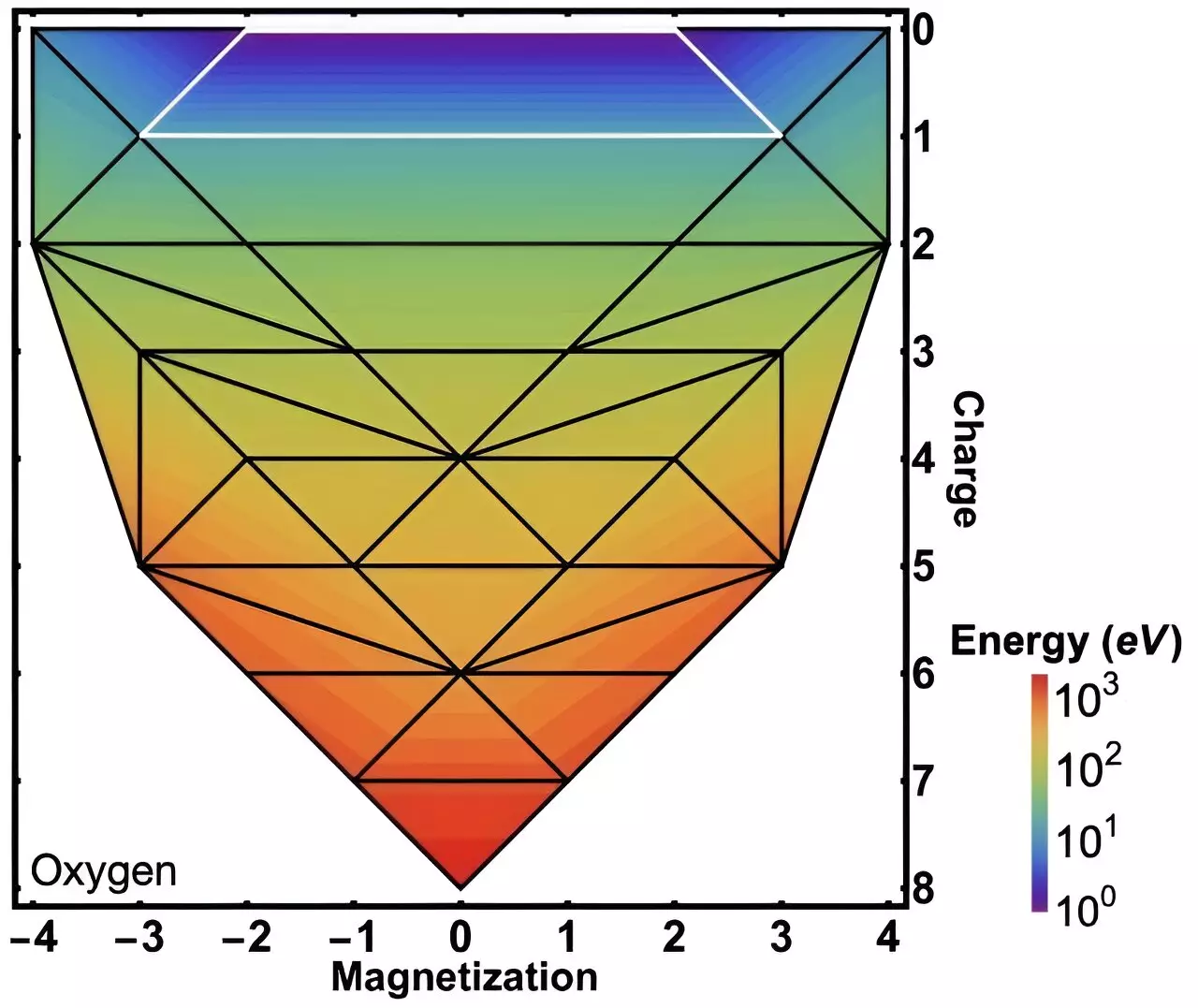A research team at Trinity College has made strides in the field of quantum mechanics by uncovering new theorems that illuminate the intricate “energy landscapes” formed by collections of quantum particles. These discoveries add a powerful new dimension to our understanding of quantum systems and open unprecedented avenues for enhancing the accuracy of computer simulations in materials science. Such advancements could lead to the creation of innovative materials designed explicitly for green technologies, making this research deeply significant for the pursuit of sustainable solutions in energy and industry.
The findings, recently published in the prestigious journal Physical Review Letters, tackle fundamental questions that have perplexed scientists for decades. The research peels back layers of complexity surrounding how the energy of particle systems—ranging from simple atoms to exotic forms of matter—varies according to their magnetic properties and particle counts. Not only does this work extend essential concepts established since the 1980s, but it also heralds a new era for computational materials science, with practical implications that could redefine our relationship with technology.
Bridging Theory with Application
The collaborative effort involved Andrew Burgess, a Ph.D. candidate in Trinity’s School of Physics, alongside Dr. Edward Linscott and Dr. David O’Regan, whose contributions centered on blending foundational theoretical frameworks with computational techniques. The success achieved by this team emphasizes how the realm of simulation has matured over the decades. The methods developed through their theoretical groundwork can lead to the design and discovery of novel materials, capable of transforming industries reliant on advanced technologies.
The importance of accurate simulations cannot be overstated. They form the backbone of contemporary materials research, allowing scientists to explore molecular interactions at the atomic level. However, quantum mechanics is notoriously complex, and approximating the equations involved has long been a challenging task. The team’s recent breakthroughs are vital, as they offer a clearer method to approximate these equations without sacrificing computational efficiency. As they explain the nature of the energy landscapes, we begin to appreciate how robust these simulations can become.
Visualizing Quantum Landscapes
One of the most compelling aspects of the researchers’ work is the visualization of energy landscapes they describe. Dr. O’Regan likens these landscapes to steep-sided valleys constructed from angular tiles, evoking imagery reminiscent of retro video games. This approach makes complex quantum phenomena more digestible, helping both scientists and laypeople understand the physics behind molecular interactions and characteristics. Each movement within this metaphorical valley symbolizes alterations in electron counts or magnetic properties, crucial for understanding the stability and behavior of matter under varying conditions.
Importantly, the team’s comprehensive mapping of these energy landscapes even at high levels of magnetism reveals critical insights into physical interactions and chemical reactions. This foundational knowledge not only augments theoretical physics but also provides practical tools for various applications, including the development of materials for efficient solar panels and catalysts that could lead to optimization in industrial chemistry.
Revolutionizing Renewable Energy
The implications of this research stretch far beyond theoretical excitement; they are poised to impact real-world challenges. Scientists are increasingly relying on advanced computer simulations to explore next-generation materials essential for renewable energy applications. By embedding the newly discovered insights into these simulations, researchers can enhance the reliability of their predictions, driving innovation in green technology. The interplay between theory and practical application exemplifies how academia fuels advancements that can lead to substantial societal benefits.
Dr. Linscott succinctly captures the importance of this line of inquiry when he notes that understanding the geography of energy landscapes may seem abstract but holds immense potential for solving real-world problems. With energy storage and conversion playing critical roles in the transition toward greener practices, the insights gleaned from this research could make a genuine difference in the efficacy of future energy solutions.
The Symbiosis of Theory and Practice
The research findings underscore a crucial narrative in scientific inquiry: the dynamic exchange between theoretical frameworks and practical applications. As Burgess highlights, there’s great satisfaction in seeing how abstract concepts transform into tools and methodologies that improve our understanding and simulation of material behaviors. The research team’s aspirations to enhance simulation theory speak to an ongoing commitment to integrating theoretical physics with practical applications.
In a field that often grapples with intangible concepts, this research is an invigorating reminder of the tangible impacts that can arise from our efforts to deepen our understanding of quantum systems. Integrating foundational theories with innovative computational strategies not only showcases the power of collaborative science but also illustrates the profound potential for this knowledge to pioneer material discoveries that can support a sustainable future.


Leave a Reply